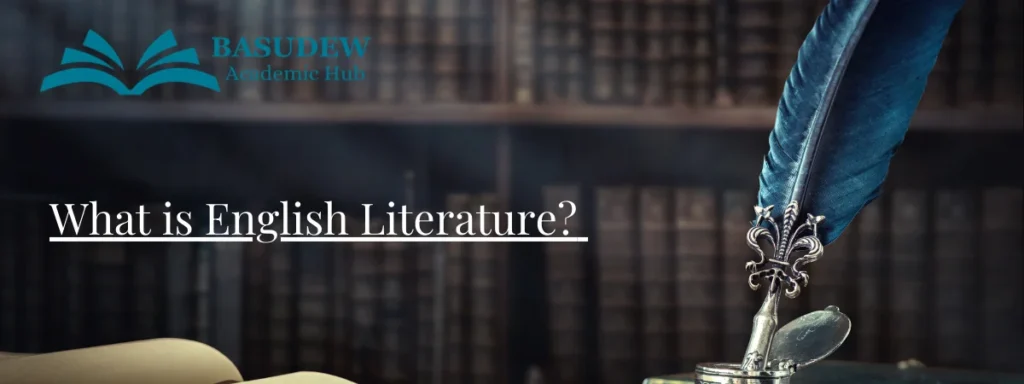Love is a theme that has been explored and celebrated in English literature for centuries. From Shakespearean sonnets to modern novels, writers have depicted love in all its forms, showcasing its complexity and depth. Let’s delve into some of the different types of love portrayed in English literature, each offering unique insights into the human experience.
Different Types of Love in English Literature
Here are some of the prominent types of love in literature:
1. Romantic Love:
Romantic love is perhaps the most well-known and celebrated type of love in English literature. It is characterized by passion, desire, and intense emotional connection between two individuals. Classic examples of romantic love can be found in the works of William Shakespeare, such as “Romeo and Juliet” and “A Midsummer Night’s Dream.” These timeless tales explore the exhilarating highs and devastating lows of romantic relationships, capturing the essence of love’s intensity.
2. Unrequited Love:
Unrequited love is a poignant theme that resonates with many readers. It involves one-sided affection, where one person harbors feelings for another who does not reciprocate them. This type of love is often depicted as bittersweet and heart-wrenching, as seen in novels like Jane Austen’s “Pride and Prejudice,” where the character of Mr. Darcy initially rejects Elizabeth Bennet’s affections before ultimately realizing his love for her.
3. Familial Love:
Familial love, or the love between family members, is another prominent theme in literature. It encompasses the bonds between parents and children, siblings, and extended relatives. In works like Louisa May Alcott’s “Little Women,” the March sisters’ strong familial bond serves as a source of comfort and support through life’s trials and tribulations, highlighting the enduring nature of familial love.
4. Platonic Love:
Platonic love refers to non-romantic, affectionate relationships between individuals. It is based on mutual respect, companionship, and emotional intimacy without the romantic or sexual element. The friendship between Frodo and Sam in J.R.R. Tolkien’s “The Lord of the Rings” trilogy exemplifies platonic love, as their unwavering loyalty and devotion to each other transcend romantic notions and serve as a powerful force in their quest.
5. Self-Love:
Self-love, or self-acceptance, is a theme that has gained increasing recognition in literature in recent years. It involves cultivating a positive relationship with oneself, embracing one’s strengths and weaknesses, and practicing self-care and self-compassion. In novels like Chimamanda Ngozi Adichie’s “Americanah,” the protagonist grapples with issues of identity and self-worth, ultimately learning to love and accept herself fully.
6. Forbidden Love:
Forbidden love explores the complexities of romantic relationships that are deemed socially or morally unacceptable. This type of love often involves obstacles such as class differences, cultural barriers, or societal norms that prevent the lovers from being together. In Emily Brontë’s “Wuthering Heights,” the passionate but tumultuous love affair between Heathcliff and Catherine Earnshaw is hindered by their social status and the rigid expectations of society, leading to tragic consequences.
7. Spiritual Love:
Spiritual love transcends the physical realm and encompasses a deep connection with the divine or higher power. It involves seeking meaning, purpose, and fulfillment beyond the material world. In works like Kahlil Gibran’s “The Prophet,” spiritual love is portrayed as a transformative force that unites individuals with the divine essence within themselves and others, guiding them towards enlightenment and spiritual awakening.
Conclusion
The portrayal of love in English literature is as diverse and nuanced as the human experience itself. Whether exploring the ecstasy of romantic passion, the pain of unrequited longing, or the enduring bonds of familial and platonic affection, literature offers a rich tapestry of love in all its myriad forms. Through these timeless tales, readers gain insights into the complexities of the heart and the universal quest for connection, belonging, and understanding.





